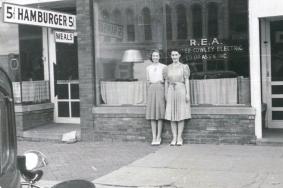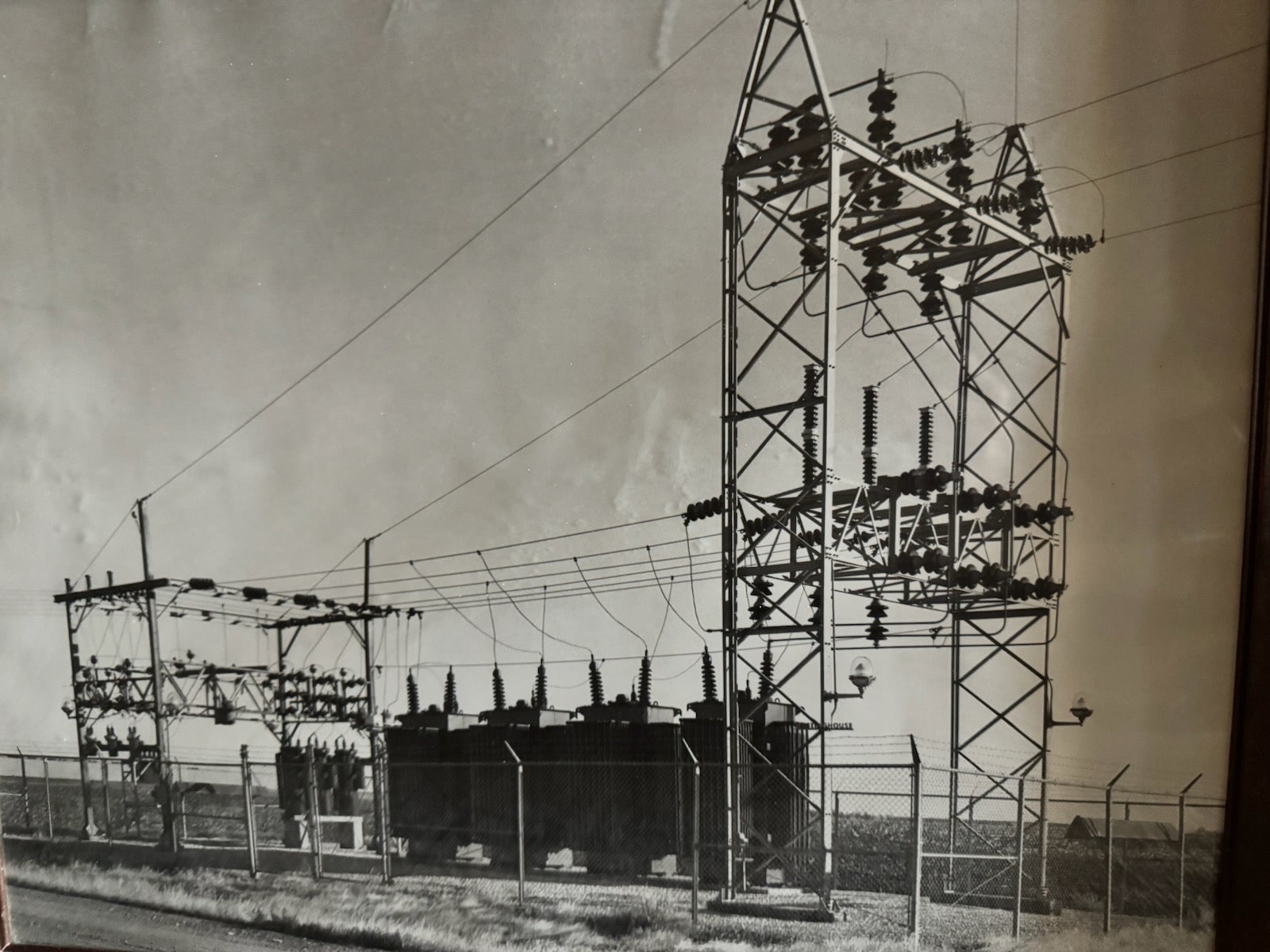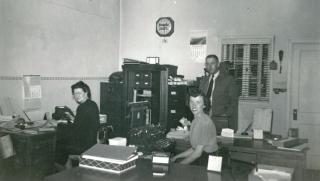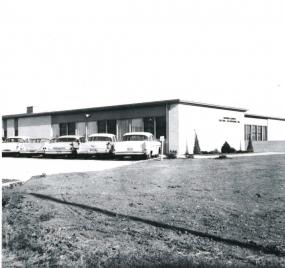888-326-3356 2223 North A St Wellington, KS 67152
Our History
Rural Electricification Act
Electric cooperatives, including Sumner-Cowley Electric, played a vital role in changing the way rural farmers operated and forever changed rural American homes. Prior to the late 1930s, approximately 90% of rural American homes had no electricity. During this time, farmers did not have access to modern machinery, as private utility companies argued it was too expensive to supply power to these isolated rural farmers. Appliances, such as washing machines and refrigerators, were commonly found in city homes, but not found in rural America. The absence of electricity in rural areas kept their economies entirely and exclusively dependant on agriculture because businesses and factories preferred to located in cities where electricity was readily available.
Two political figures, President Franklin D. Roosevelt and Senator George W. Norris from Nebraska, rose to the challenge of providing electricity to rural farmers. In 1935, President Roosevelt established the Rural Electrification Administration. A year later, Senator Norris worked with Congress to pass the Rural Electrification Act. The REA allowed the federal government to make low-cost loans to groups of farmers (cooperatives), making rural electricity a reality.




